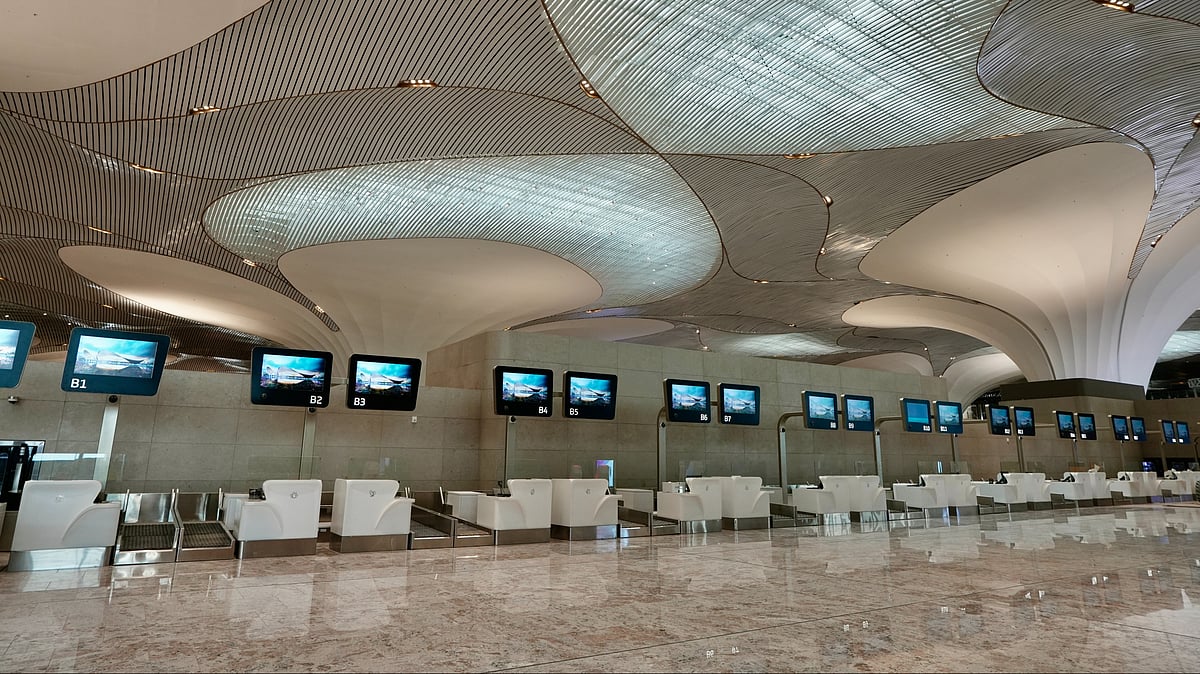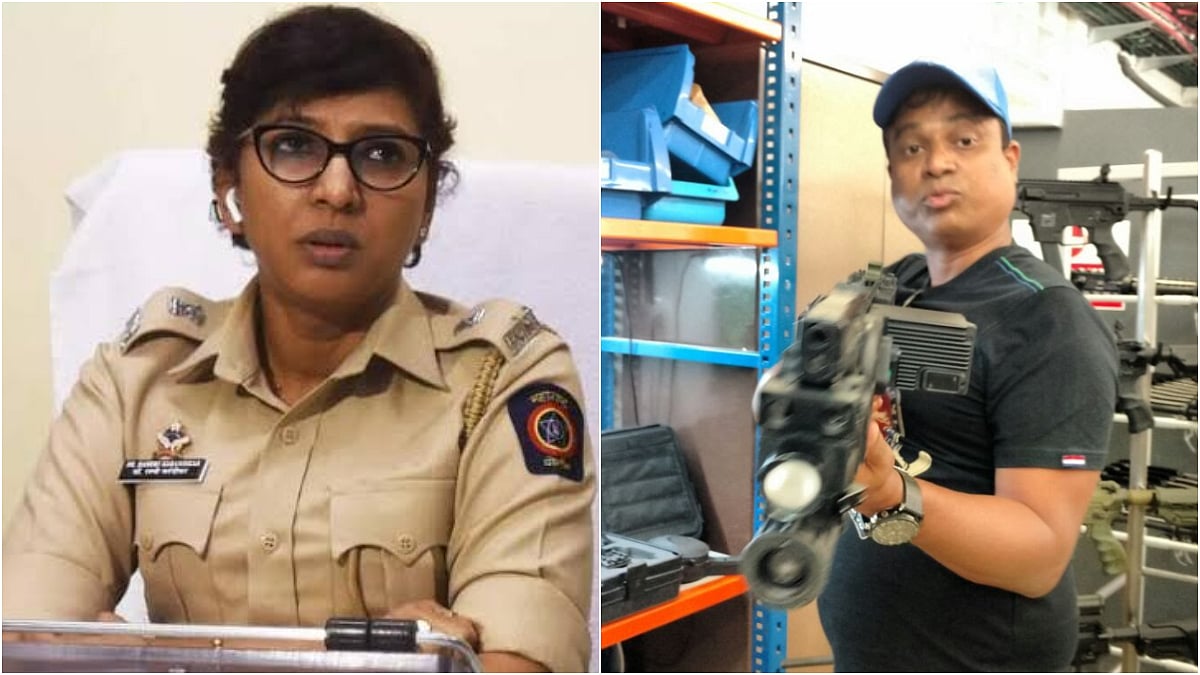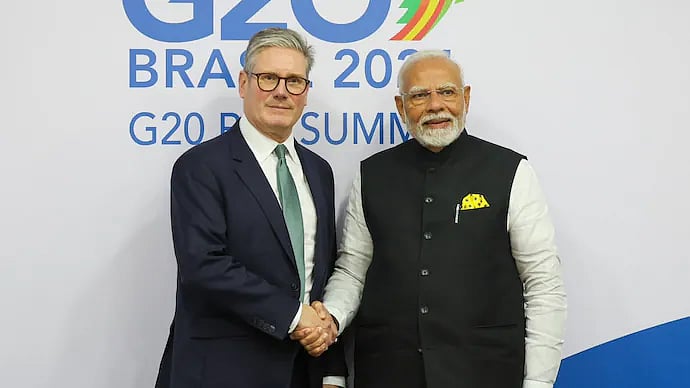First flight from Navi Mumbai International Airport (NMIA) to take off on December 2025, confirmed Cidco MD and Vice Chairman Vijay Singhal on Saturday while addressing the media about the inauguration of the Airport on October 8 by the landing of Prime Minister Narendra Modi. He said that the landing is expected to happen at 2.40 pm following which he would be around in the airport for around two hours in which he would take a visit of the airport structure and also address the Public present there to witness the much awaited, historical inauguration of the airport.
A Dream Project Decades in the Making
Conceptualised in 1998, and approved in 2007, NMIA, has been a result of efforts of many working towards the same goal. Right from convincing the villagers of 10 village to give up their land for this project to working out on a rehab scheme and finally acquiring the land to diverting a lake, dealing with hard rock hillocks, the project has come a long way and is finally set for the inauguration.
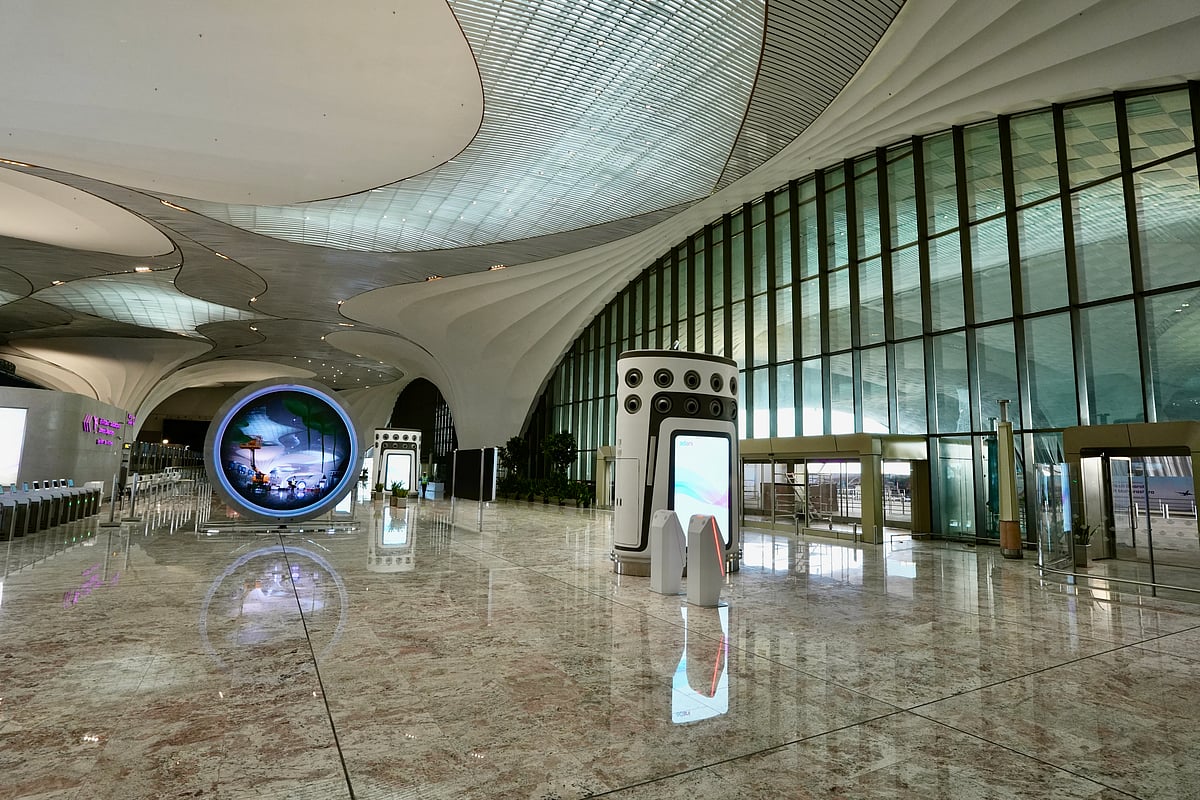
Mahesh D More
Four-Terminal Structure with Massive Passenger Capacity
After the formal inauguration, there would be a security sweep by Central Industrial Security Force (CISF) after which the first take off is estimated to happen on December 2025, Of the four terminals planned for the Airport, it is the first terminal that is ready now and would be inaugurated. Once completely ready which is expected to be by 2035, it would be handling 90 million passengers per annum (MPPA). The first terminal that will be inaugurated, has a capacity to handle 20 MPPA. The second terminal expected to be ready by 2029 would handle 30 MPPA, terminal third and fourth expected to be ready by 2032 and 2035 respectively will handle 20 MPPA each. Of the total capacity to handle 3.2 million metric tons (MMT) of cargo, the first phase will have a capacity to handle 0.8 MMT.
India’s Largest and Greenest Airport Project
Situated in 1160 hectares of land, the total cost of the airport work is expected to go upto Rs 1 lakh crore after the work is over of which the phase one has cost around Rs 19,647 crore. “This airport will be an aviation hub in the world with double the capacity of that of the Chhatrapati Shivaji Maharaj International Airport (CSMIA) Airport and together both airports will handle 150 MPPA. With 3700 m (3.7km) length of the two runways each, it will be connected by dual parallel taxiways and rapid exit taxiways, making it possible for any kind of runway to land on the runway. The southern runway will be operational in the first phase.,” said Singhal. Comparing the capacity and features of the Airport to Heathrow Airport in London, Singhal said, “NMIA is going to be better. Heathrow has capacity of 85 MPPA and five terminals while NMIA will have a capacity of 90 MPPA with four terminals. All the four terminals would be connected to each other with Automated People Mover (APM) through underground. APM is a driverless train.”
A Green, Tech-Driven Airport Experience
With the inauguration of NMIA, Mumbai Metropolitan Region becomes the only Indian city with two Airports. “For being environmental friendly, NMIA will use sustainable fuel for which storage facility has been made. The airport will have 47 MW solar power generation capacity making it a green airport with 100% EV buses,” he added. The airport will also have curated digital and physical art installations showcasing Maharashtra and India’s cultural heritage along with future-ready technologies ensuring seamless digital retail, duty-free shopping, baggage handling, and lounge check-in. In the first phase, NMIA will operate with 29 contact aircraft stands, 13 remote commercial stands, and 7 cargo stands. Additionally, the facility will include 38 general aviation stands supported by 15 GA hangars. Parking facilities will be available for 1,500 cars, 20 buses, and 20 trucks. In later phases, a fully developed General Aviation Terminal with nearly 100 GA stands will be constructed to meet VIP and private aviation needs.
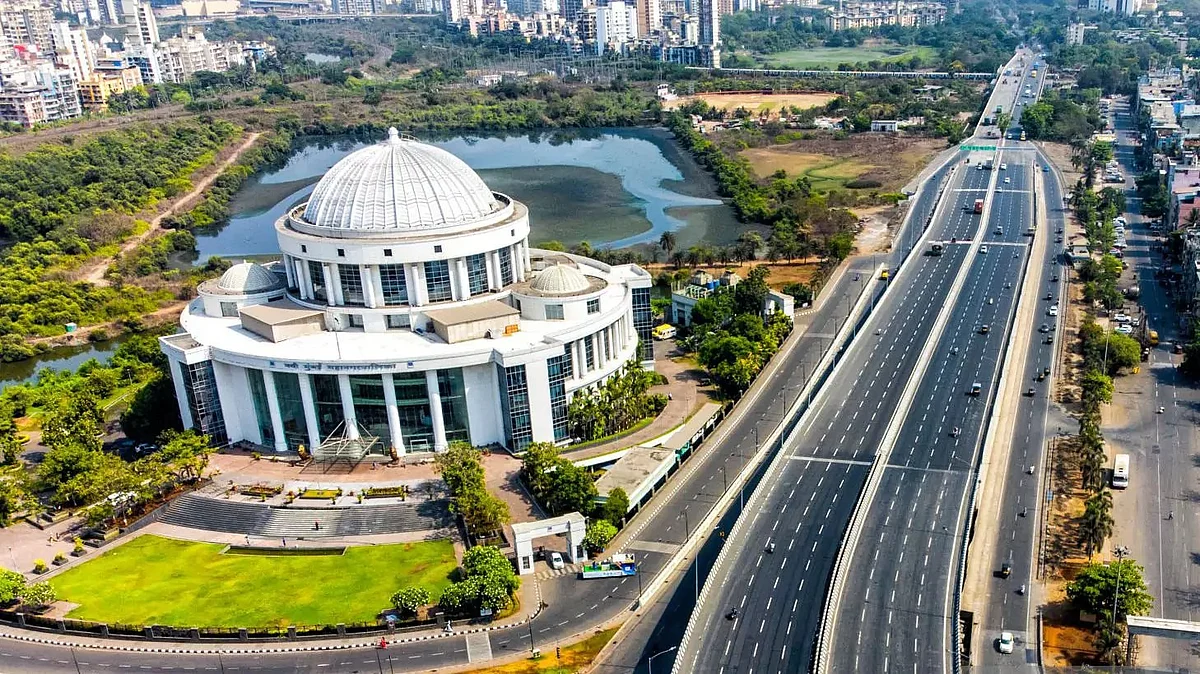
World’s First Multimodal Airport Connectivity
Speaking of the Connectivity, NMIA will have connectivity through road, metro, rail and also water making it first multimodal Airport in the world. Besides Atal Setu and Amra Marg, there will be eastern connectivity as well. “Major projects like the Atal Setu, Ulwe Coastal Road, and the proposed Thane–NMIA Elevated Corridor will ensure signal-free road connectivity. Metro Line 8, along with extensions of Navi Mumbai Metro, will connect the airport directly to Mumbai and CSMIA by 2031. Suburban rail access will be available via Targhar and Khandeshwar stations. Additionally, the proposed Mumbai–Hyderabad High-Speed Rail Corridor will pass through the eastern periphery of the airport, with a planned underground station to provide rapid access to regions across India, further strengthening regional connectivity,” Singhal emphasised. Targhar creek is planned to be developed for water taxi which will connect to Radio club jetty at Gateway. “Facilities will be made for checkin at the Jetty and metro as well,” he said.
AI, Automation And Passenger Experience
An app is being designed via Adani group which would do end to end baggage tracking making it consuming least time for baggage handling. There would be AI based queue management and parking as well using which one can pre-book parking space. “Once completely finished, the airport will have capacity of parking of 348 aircrafts including 138 contact stand, 108 remote stand, 93 general aviation aircraft and 10 cargos,” Singhal said.
